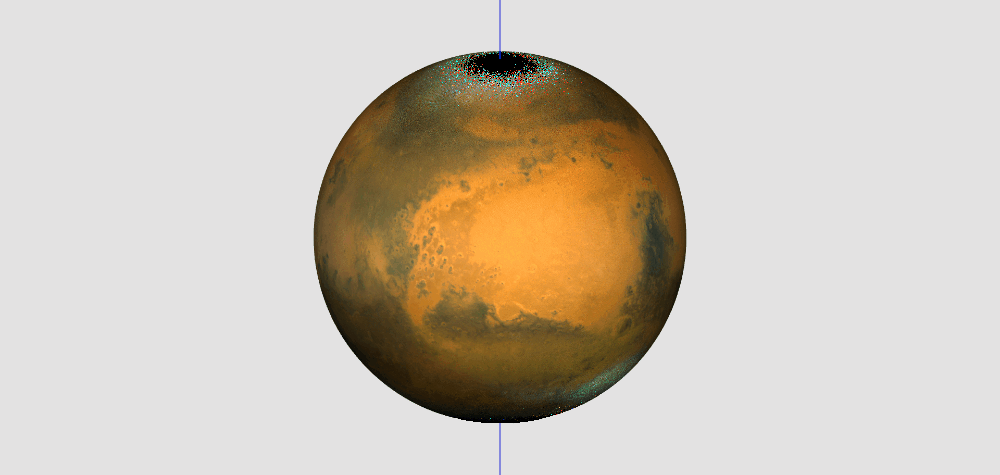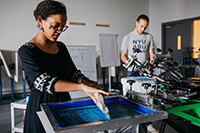-
Academics
-
Admissions
 Your journey to NYUAD starts here. Attend an application workshop or information session.Admissions Events
Your journey to NYUAD starts here. Attend an application workshop or information session.Admissions Events -
Research
-
Campus Life
 Live the possibilities. Be part of a dynamic community of students from over 115 countries.Take a Tour
Live the possibilities. Be part of a dynamic community of students from over 115 countries.Take a Tour - Public Programs
-
About
Exceptional education. World class research. Community-driven.Our Story
- News
- Events
- Social Media Directory
- Press Room
-
- Faculty
- Current Students
- Alumni
- عربي
Center for Astrophysics and Space Science
The Center for Astrophysics and Space Science is a merger of the Center for Space Science and the Center for Astro, Particle and Planetary Physics. It is composed of a unique combination of theorists, observers, and instrument builders dedicated to understanding the nature of the cosmos. Our research spans an incredible vast range of temporal and spatial astronomical scales, from our own Sun and its planets to the whole Universe. CASS hopes to enhance facilitating and investigating for future progress in five core research areas.
Researcher Areas
These five interconnected and interdisciplinary research areas are naturally complementary, and are intrinsically inter-connected by the common goal of understanding the cosmos. They will try to answer similar questions from different perspectives, using complementary theoretical, computational, and observational approaches.

Spaced Out Podcast
CASS produced and launched Spaced Out, the University’s first-ever podcast dedicated to astronomy and space science. Aimed at promoting scientific ideas and igniting curiosity among the public about astronomy and space science, the podcast features NYUAD’s own experts in the field, as well as guest speakers from the space sector and other academic institutions. Listen below!
